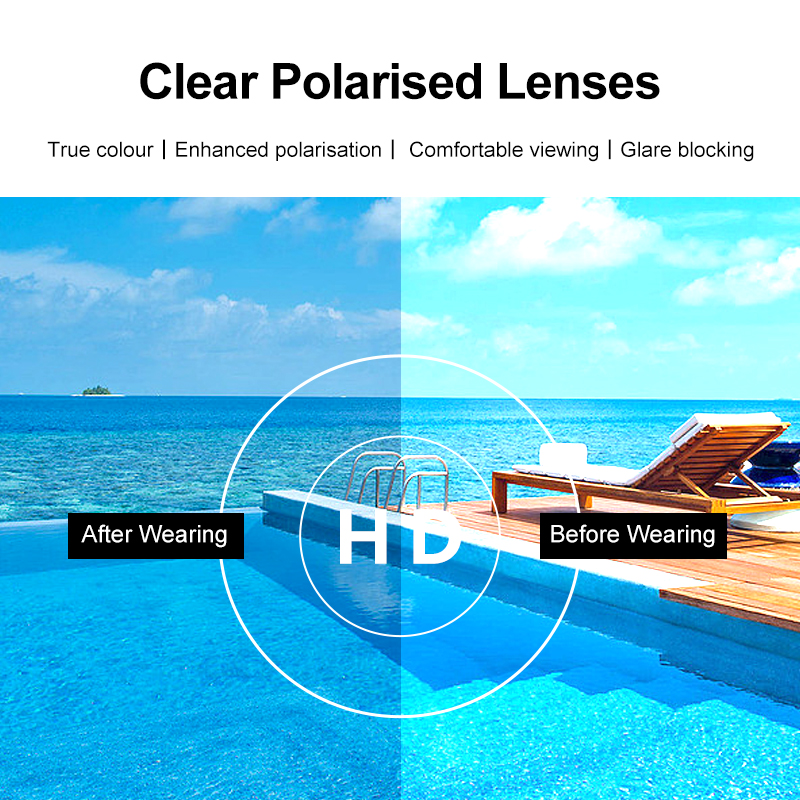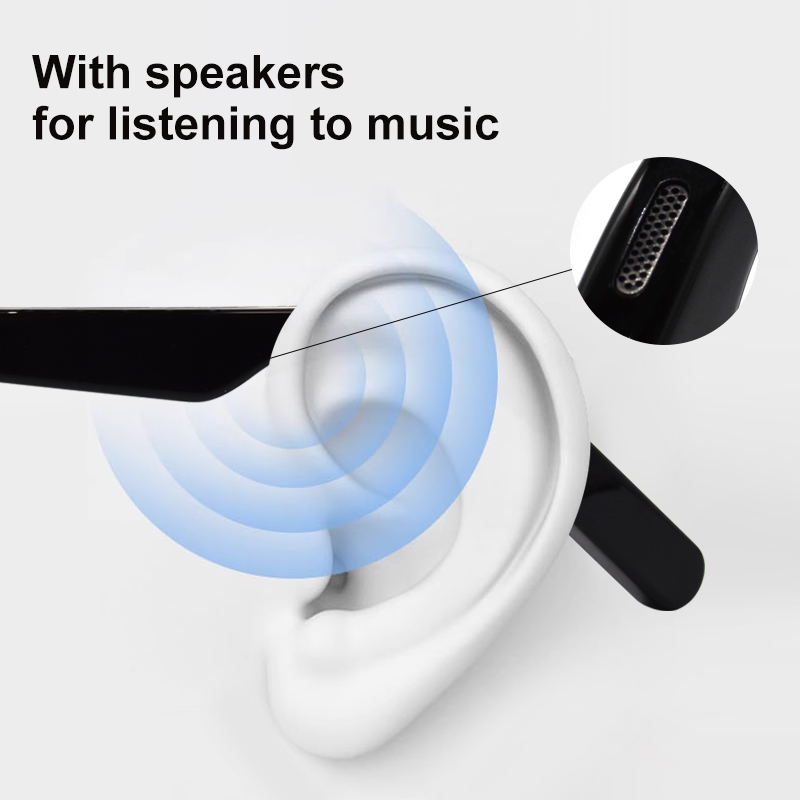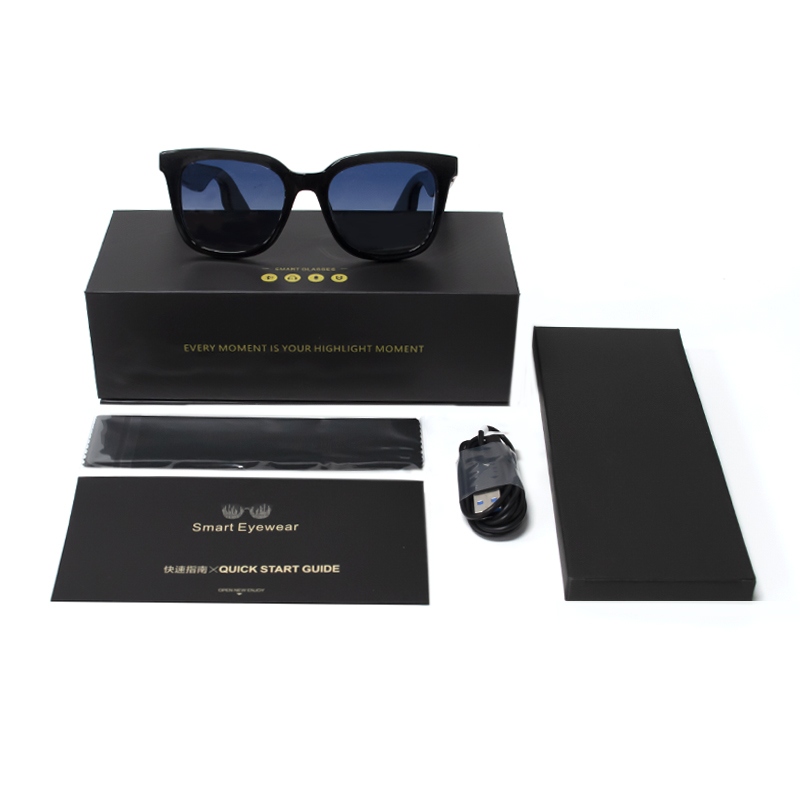- Select Language
One Device, Dual Functions – A Projector and a Com...
The R501 PDA combines a powerful MT6762 Octa-Core ...
Smartglasses are becoming a powerful tool for improving personal efficiency, enhancing entertainment, and boosting productivity. By integrating AI assistants, hands-free controls, and AR displays into lightweight glasses, let's share real-world examples of how smartglasses can improve efficiency and entertainment.

Hands-Free Navigation
Commuters using hotus smartglasses receive turn-by-turn directions via voice prompts or a subtle visual overlay, reducing the need to check their smartphones while walking or cycling. This minimizes distractions and improves safety.
Translation Anytime, Anywhere
Travelers wearing hotus smartglasses can use real-time language translation right at their ears to read menus, ask for directions, or bargain at local markets without having to pull out their phones.
Instant Information Access
Through AI integration, users can check the weather, set reminders, or check their calendars with voice commands—perfect for multitasking while exercising, cooking, or commuting.
Enhancing Entertainment
Immersive AR Viewing
AR smartglasses like hotus smartglasses can create a 120-inch virtual screen, perfect for streaming movies or playing games on the go. Commuters can turn long train journeys into private theaters without disturbing other passengers.
Open-Back Headphones for Music and Calls
Unlike traditional headphones, open-back headphones allow users to enjoy music or podcasts while remaining aware of their surroundings, making them ideal for jogging, cycling, or working in open offices.
Social Sharing
An integrated camera allows hands-free photos and videos while traveling or enjoying the outdoors. Cyclists can capture the scenery without worrying about the safety risks of their phones.

Boosting Workplace Productivity
Remote Collaboration
In logistics and field service, technicians use AR-enabled glasses to share real-time visuals with remote experts. This can reduce troubleshooting time by up to 30% and reduce travel costs for support teams.
Hands-Free Workflow
Medical professionals use smart glasses for surgical guidance, overlaying patient vital signs and procedure instructions directly in their line of sight, allowing them to fully focus on the procedure.
Training and Onboarding
Companies have integrated AR training modules to enable new employees to learn how to use equipment faster through guided visual cues rather than lengthy manuals.
Real User Cases: Measurable Efficiency Gains
San Francisco cyclists report saving 10-15 minutes per commute by following HUD navigation instead of stopping to check their phones.
Remote engineers (Oil and Gas): Using smart glasses for real-time support; equipment downtime reduced by 25% last quarter.
Tokyo interns: Using AR overlays, they completed procedural training 40% faster compared to traditional paper guides.
Key Benefits at a Glance
Increased Productivity: Hands-free multitasking and instant information access
Enhanced Safety: Open-ear headphones and AR navigation reduce distractions
Improved Learning and Training: Visual cues accelerate onboarding and skills acquisition
Entertainment on the Go: Large virtual screens and seamless audio enhance the leisure experience

With advances in AI, lighter designs, and affordable AR displays, smart glasses will become an everyday necessity—just like smartphones are today. Over the next 2-3 years, we expect smart glasses to integrate more seamlessly with work platforms (Slack, Teams) and expand functionality like fitness tracking and gesture control.